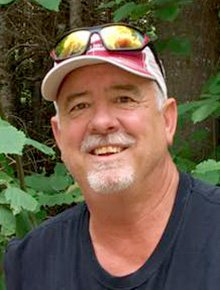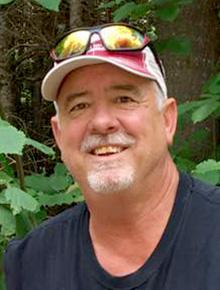
It seems outdoors types tend to be pretty non-engaged in most conservation issues in our state’s capital — until a regulation change hits close to home. I used to be one of those types, but not anymore.
By the time most of these issues get enough press to make the average outdoor person aware — or outraged by them — they are all but a foregone conclusion. By then most of the public comment periods have come and gone and all that is left to do is lament.
My dad taught me that decisions are made by the people who show up. This in reality means that those who engage can make a difference in how the end result comes out.
There are bills in the works at the capital that I think you should know about, and if you feel strongly about any one of them, now is the time for you to make your opinions known.
Walleye limit
The first of those is a change in the limit of walleyes a person can catch and keep in any one day.
There are certain lakes that have for years had special regulations, but for the vast majority of the state, the daily limit of walleyes is six with only one of those fish longer than 20 inches. This has been the norm for all the years I can remember.
There is a proposed change to lower this limit to four fish per day in order to reduce the fishing pressure on the state’s lakes and rivers.
I like to eat fish but wouldn’t really mind reining in those anglers that fish every day and kill a limit of fish most of those days.
The possession limit, the number of fish you can have in your freezer, is also six walleyes. This means that if you have three fish in the freezer, then you can only catch and kill three more, even if the daily limit is six walleyes.
The possession limit is rarely used to punish anglers for its violation unless they are caught doing something else illegal. I really don’t have a burning opinion on this regulation change one way or the other, but you might.
Deer shotgun zone
The second potential regulation change is the elimination of the shotgun zone for deer hunting in Minnesota.
It was back about 40 years that the rules changed to allow deer hunters to use only a shotgun with a single slug to hunt deer in roughly the southern half of the state.
When this regulation came to be, it was put in place for one reason and one reason only, and that was to reduce the number of deer killed by hunters.
Deer populations were far below the desired numbers, and by limiting hunters to the use of a shot gun, it effectively limited the hunter to shots on deer that were about 100 yards distance or less.
With a centerfire rifle a deer hunter could easily kill deer out to 400 yards, and in some cases a savvy hunter with the right equipment even further. As a result of the shotgun zone implementation, the number of deer harvested declined and populations grew as expected.
Some believe the shotgun zone was introduced decades ago as a safety issue, but research shows this isn’t the case.
So, with the elimination of the shotgun zone, the deer herd will be under more pressure, and the number of deer harvested is very likely to increase.
Biologists counter the increased harvest position with the argument that by limiting the number of doe permits (the number of female deer that can killed in any certain area) populations can be managed to satisfactory levels.
I read in depth a report done in the state of Pennsylvania that concluded that the number of hunting accidents or deaths as a result of eliminating their shotgun zone was statically insignificant.
Interestingly, ricochet distances are longer with a shotgun slug than a rifle bullet when shots are taken parallel to the ground. In the case where a rifle bullet is launched over the top of a hill, the distances traveled were much further.
Many of the folks I visited with do have huge and fierce opinions on this matter. If you are one of them, now is the time to tell your state representative.
Next week we’ll talk about one of the largest pieces of legislative shenanigans I have seen in a long time. It has to do with those beautiful conservation license plates you might have on your car or truck.
Scott Rall, Worthington, is a habitat conservationist, avid hunting and fishing enthusiast and is president of Nobles County Pheasants Forever. He can be reached at scottarall@gmail.com or on Twitter @habitat champion.



